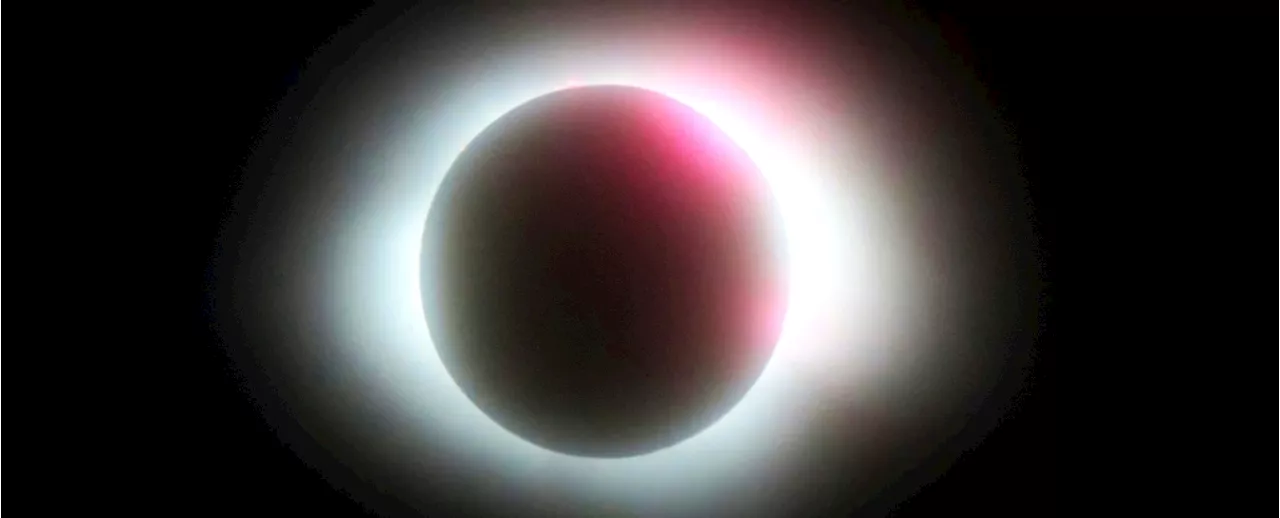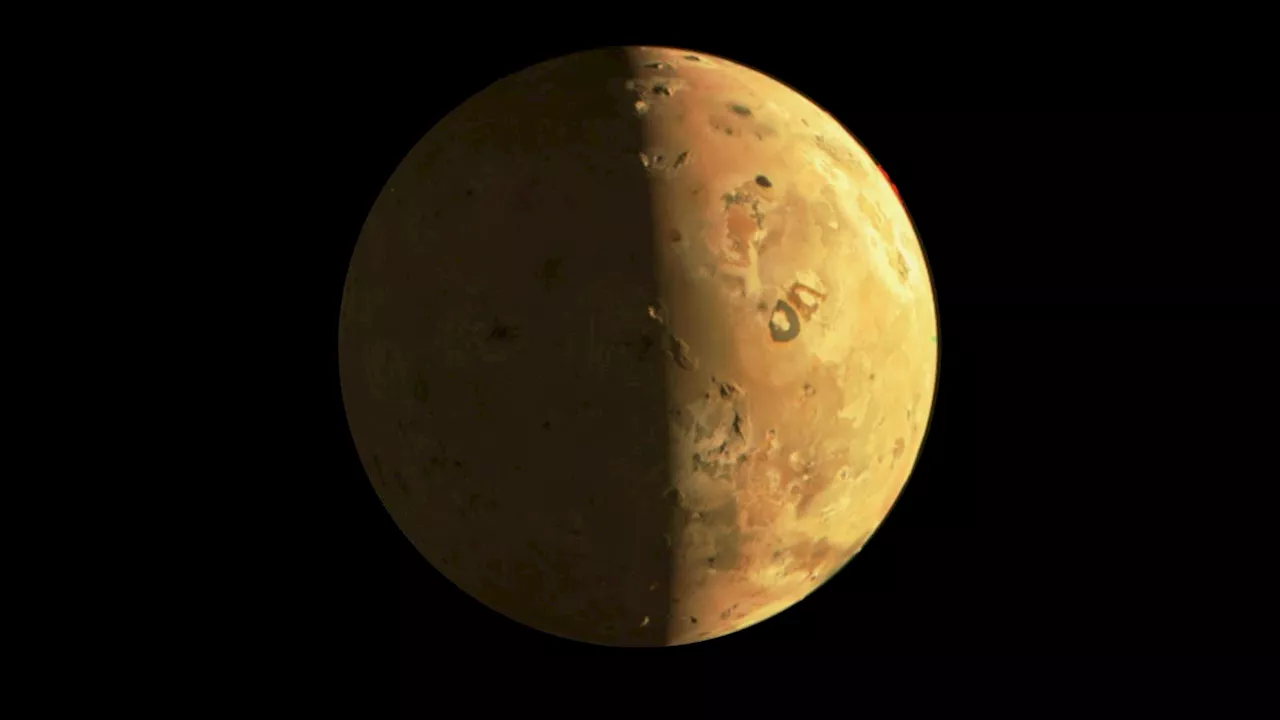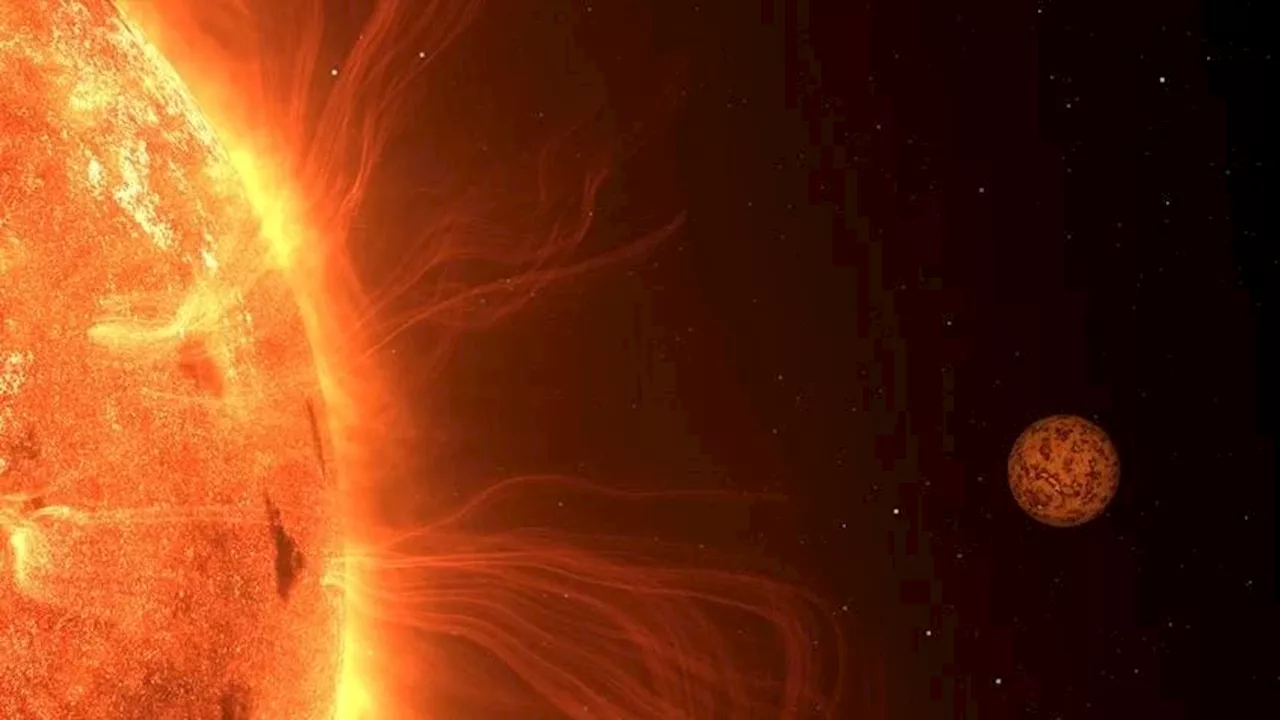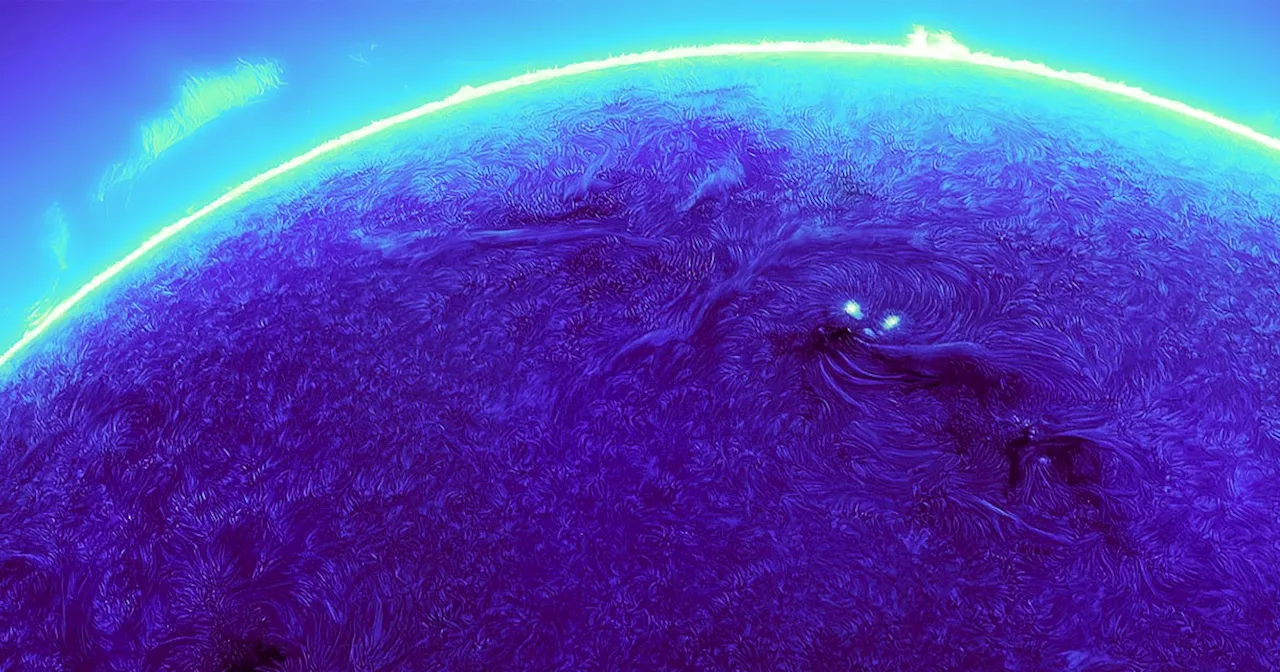Science and Technology News and Videos
In 1831, a volcanic eruption flooded the skies with so much sulfur gas that it cooled the planet by nearly two degrees Fahrenheit, causing all manner of famine, devastation, and social upheaval.
But in the nearly two hundred years since, exactly which volcano blew its top to so shake up the natural order has remained a mystery — until now., scientists say they've determined the culprit to be the Zavaritskii volcano on the extremely remote and uninhabited island of Simushir, one of the Kuril Islands, in the Western Pacific.
"Only in recent years have we developed the ability to extract microscopic ash shards from polar ice cores and conduct detailed chemical analyses on them," study lead author Will Hutchinson, a geoscientist at the University of St Andrews,The volcano's Kuril Islands are currently controlled by Russia, though Japan disputes its claim to the archipelago.
But the hard work was worth it. "The moment in the lab when we analyzed the two ashes together, one from the volcano and one from the ice core, was a genuine eureka moment," he added.In addition to making an impressive achievement in geological forensics, the work is a friendly reminder that many of the world's volcanoes remain unmonitored, including those on the Kuril islands — despite being an extremely productive volcanic region, according to the researchers.
United States Latest News, United States Headlines
Similar News:You can also read news stories similar to this one that we have collected from other news sources.
 Life Could Exist in Space Even Without Planets, Scientists SayThe Best in Science News and Amazing Breakthroughs
Life Could Exist in Space Even Without Planets, Scientists SayThe Best in Science News and Amazing Breakthroughs
Read more »
 Jupiter’s Moon Io Doesn’t Have An Ocean Of Lava, Scientists SayNASA's Juno reveals that Jupiter's moon Io likely lacks a subsurface magma ocean, suggesting a solid mantle, reshaping views on tidal heating and other moons.
Jupiter’s Moon Io Doesn’t Have An Ocean Of Lava, Scientists SayNASA's Juno reveals that Jupiter's moon Io likely lacks a subsurface magma ocean, suggesting a solid mantle, reshaping views on tidal heating and other moons.
Read more »
 Earth-Sized ‘Planet B’ In Nearby Star System May Have An Atmosphere, Scientists SayAn exoplanet in the Trappist star system — a multi-planet star system similar to the solar system and just 39 light-years distant — may have an atmosphere after all.
Earth-Sized ‘Planet B’ In Nearby Star System May Have An Atmosphere, Scientists SayAn exoplanet in the Trappist star system — a multi-planet star system similar to the solar system and just 39 light-years distant — may have an atmosphere after all.
Read more »
 Diamond Dust Could Offset Human-Caused Warming, Scientists SayInjecting diamond dust into the stratosphere could cool the planet and counteract the effects of human-caused global warming, according to new research.
Diamond Dust Could Offset Human-Caused Warming, Scientists SayInjecting diamond dust into the stratosphere could cool the planet and counteract the effects of human-caused global warming, according to new research.
Read more »
 Stonehenge may have been rebuilt to unify Britain’s population thousands of years ago, scientists sayNew research has shed light on how Stonehenge may have served to unify Britain’s early farmers as newcomers from Europe began to arrive thousands of years ago.
Stonehenge may have been rebuilt to unify Britain’s population thousands of years ago, scientists sayNew research has shed light on how Stonehenge may have served to unify Britain’s early farmers as newcomers from Europe began to arrive thousands of years ago.
Read more »
 Future robots could one day tell how you're feeling by measuring your sweat, scientists sayOwen Hughes is a freelance writer and editor specializing in data and digital technologies. Previously a senior editor at ZDNET, Owen has been writing about tech for more than a decade, during which time he has covered everything from AI, cybersecurity and supercomputers to programming languages and public sector IT.
Future robots could one day tell how you're feeling by measuring your sweat, scientists sayOwen Hughes is a freelance writer and editor specializing in data and digital technologies. Previously a senior editor at ZDNET, Owen has been writing about tech for more than a decade, during which time he has covered everything from AI, cybersecurity and supercomputers to programming languages and public sector IT.
Read more »
